I guess it has been.
I have done a few things ham related in the last three years, but I haven’t really been very active on the air. Bad ham!
In February of 2017, I installed the FTM-100DR in my new Kia Sportage. I did not want to drill the roof for the antenna, so I used a magnetic mount, but I found a clever way to route the cable into the car.
There are rubber plugs on the rear gate.
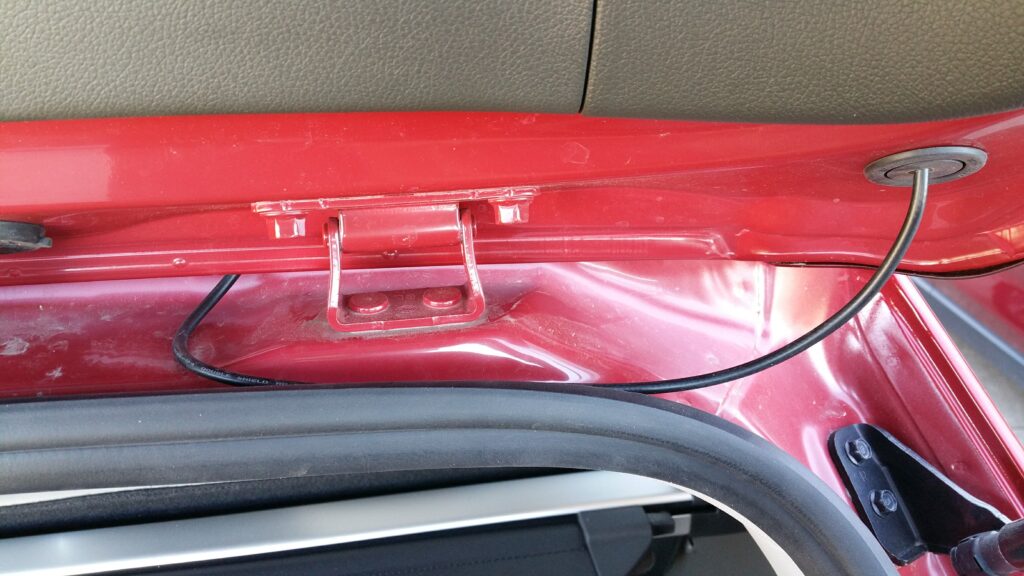
And a cable passthrough from the gate to the body of the car to fish the cable through…
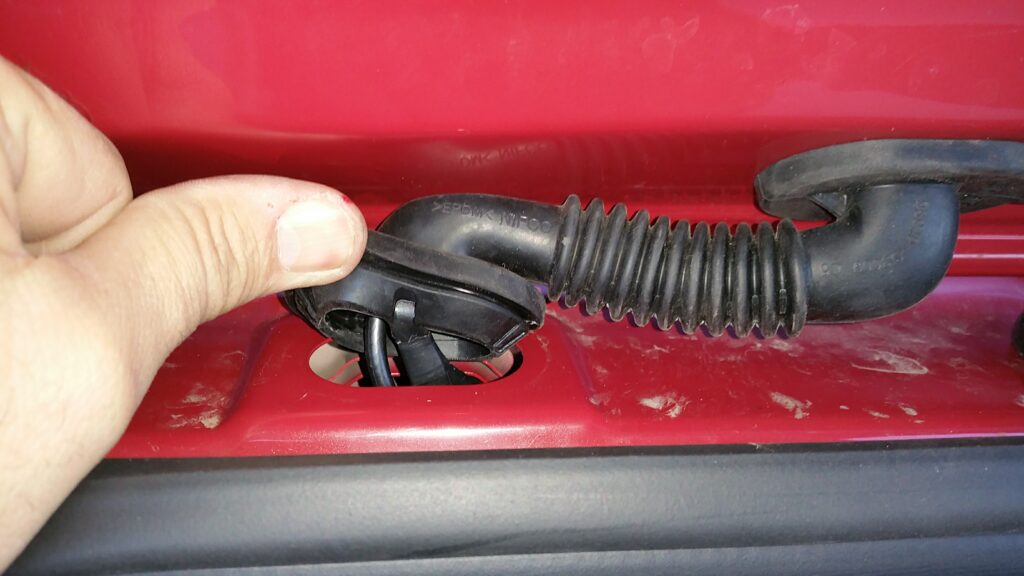
From there, I don’t have any good pictures of it, but I fished the coax from there down to the spare tire well.
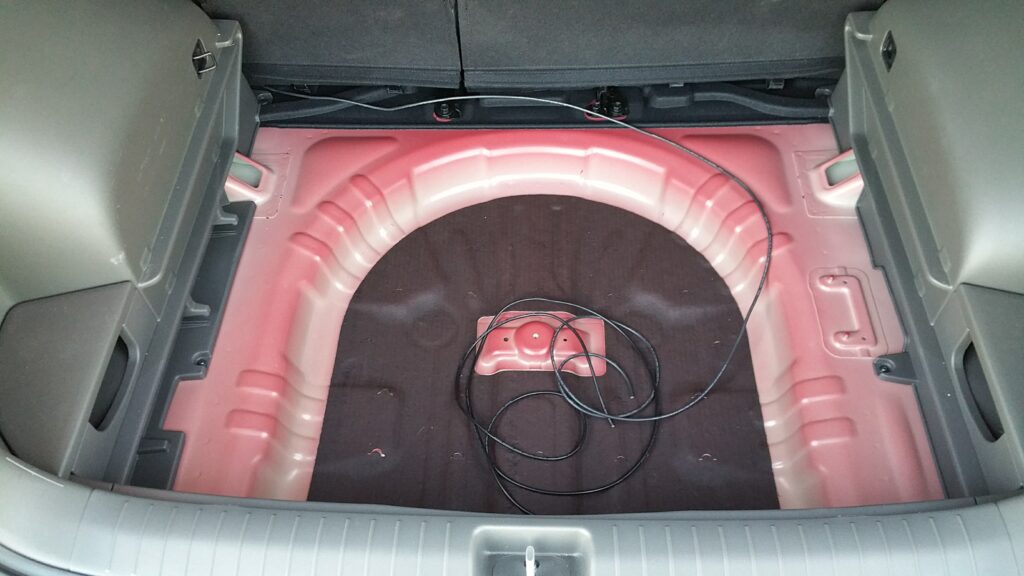
By then, the end of the coax was reached and I had to add a connector and more coax to make it reach the front of the car. From there, it’s a pretty normal tuck under the floor mats to the driver side console.
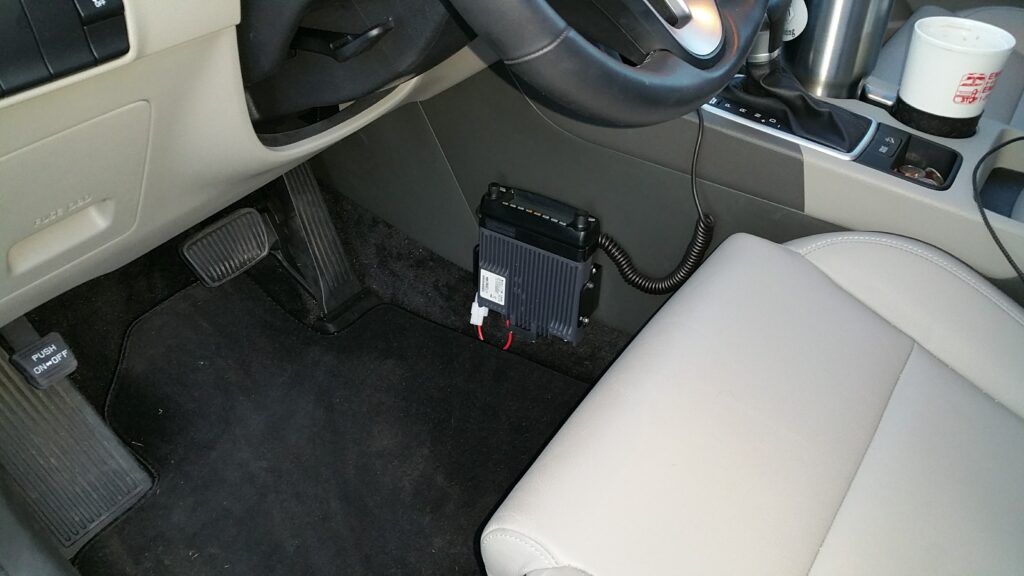
About a year later, I ran the wire to remote mount the control head on the windshield. Sorry about the focus. 🙂
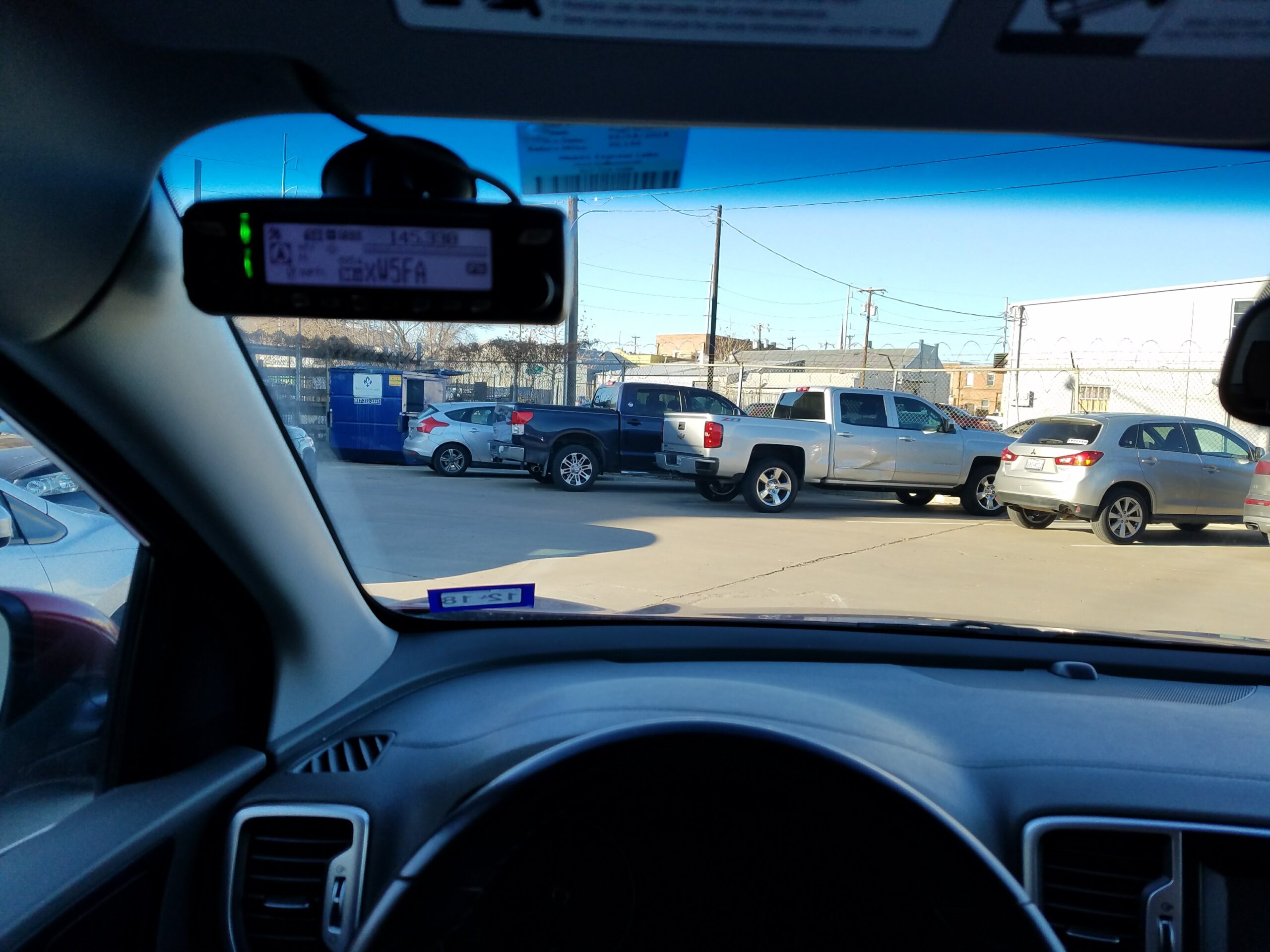
Among the things I enjoyed with the FTM-100DR was playing with APRS. The FTM-100DR can do APRS or something else, but not really both. It can sort of receive APRS messages while being set up to transmit voice, but if it is beaconing APRS data, it’s beaconing data. This was only one factor driving my desire to upgrade, so it was natural to choose the FTM-400XDR. As a side benefit, it was a drop in replacement in the car. Same mounting bracket and power cable for the main unit, same remote cable and suction cup for the control head. And now, APRS is a fully supported feature that can be turned on and off at will with almost no effect on voice operations.
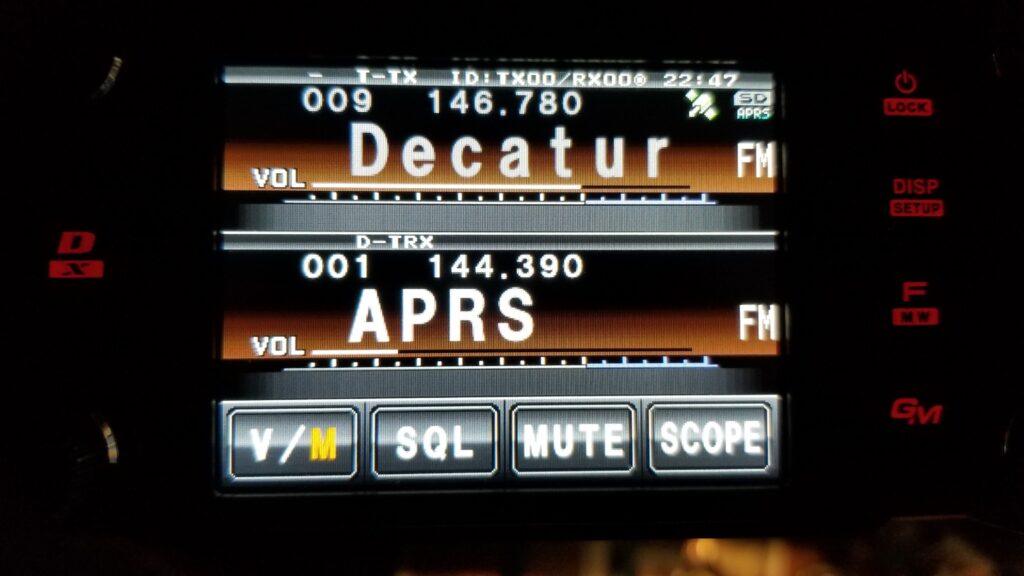
My IC-706MkIIg had been a great rig, but had developed an intermittent transmit problem. Since I generally use it with RemoteRig, I can’t do anything physical to the radio when this issue comes up. I don’t operate often enough to want to deal with a troublesome rig, so I bit the bullet on getting another. I didn’t want a used rig, so I shopped around a bit. I was looking for another rig with with a detachable head for use with RemoteRig; I like that paradigm. I did not have any particular bias for Icom, but I did like the control head for the IC-7100. It seemed well suited to remote operation on a desktop.
Ironically, when I was ready to connect it to the RemoteRig, I found that the radio end unit was non-functional. It had been a while since I’d used it, so I don’t know if it was a storm or long term heat out in the shop that killed it. Long story short, it had no signs of life and the voltage regulator on the board ran super hot, not enough to melt anything, but definitely not right. I contacted Microbit and after a couple of emails and tests back and forth, it was determined to be unrepairable. They sold me a replacement board at a discount price, which was fine with me. It was relatively trivial to get the IC-7100 working over RemoteRig.
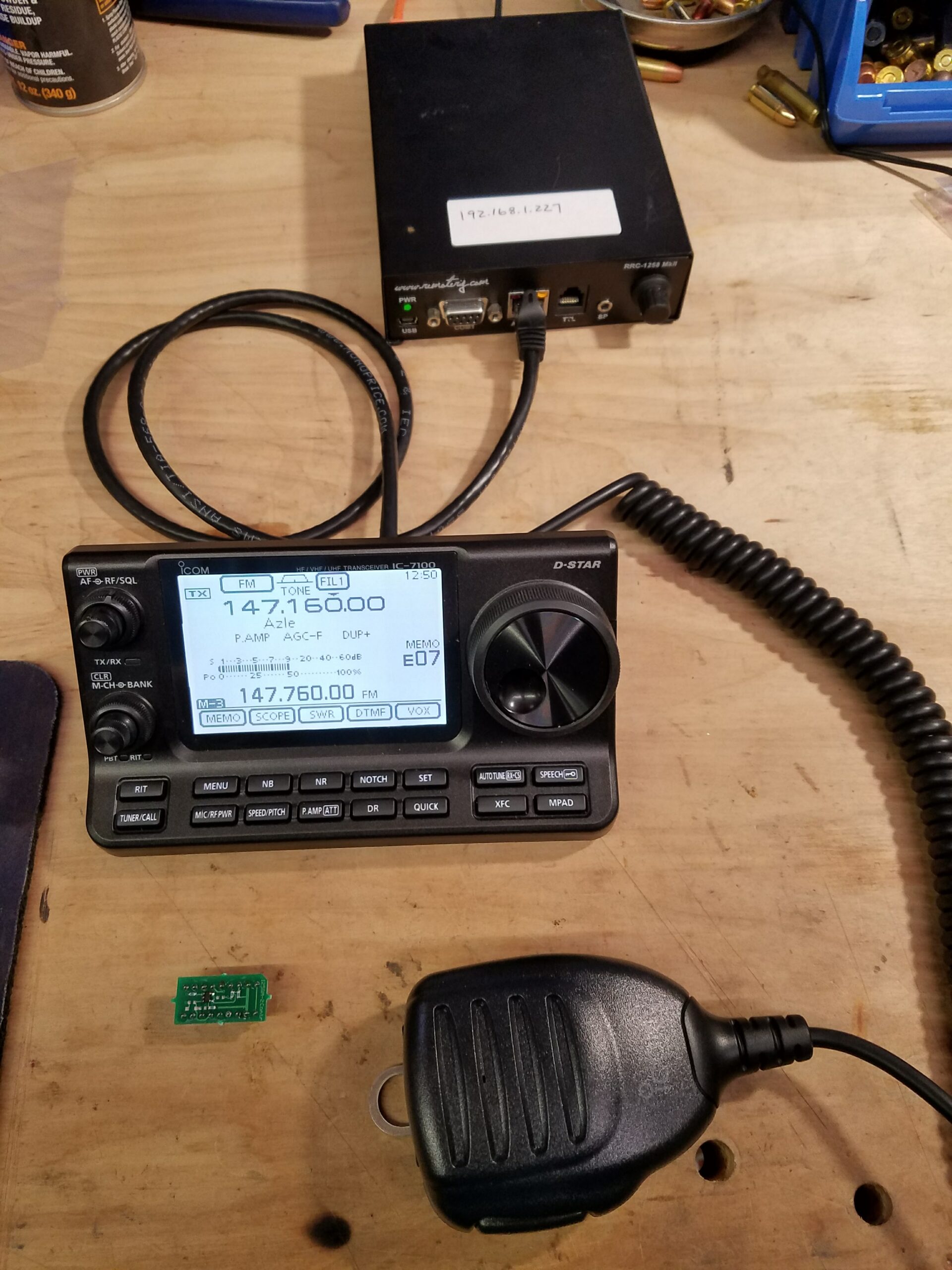
Since the IC-7100 has a built in USB soundcard for digital modes, I wanted to look into that. The connectivity with RemoteRig and the USB port is complicated, so I also looked into Icom’s RS-BA1 remote software. To operate *that* remotely, I needed a PC that was local to the radio and it seemed like a tiny fanless PC would suit the purpose.
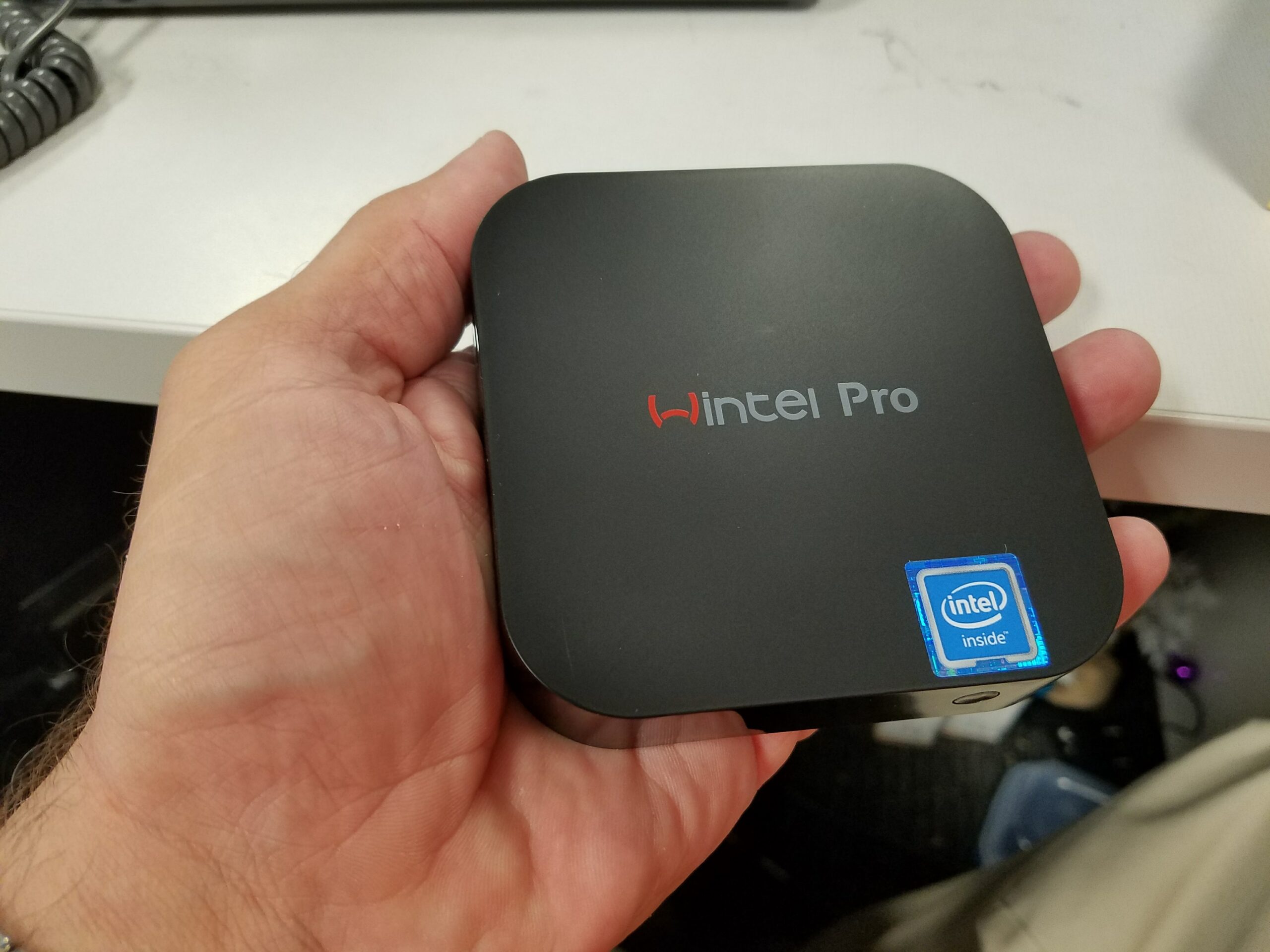
It worked mostly, but I had a lot of trouble getting it to stay awake long term, no matter what BIOS settings I use. It would be fine for a couple of days then it would go to sleep. I would have go out there and touch it to wake it up. Within a few months, it went belly up as well. I have not revisited it as yet.
Some time back, I bought a new Icom ID-51 handheld. After a couple of years, I decided to sell it because I just had no real use for one out here in the country. Then around January 2018, I decided to get another for access to D-Star. Shrug. Make up my mind!
Speaking of handhelds, inspired largely by Radioddity review and tutorial videos from Dave Casler, I got interested in DMR. Of course, no DMR repeaters in handheld range out here, but Radioddity BaoFeng radios are cheap enough to get two and set them up for simplex operation between the two. It works pretty well, so whenever I do find some DMR repeaters somewhere, I should be able to join in. Plus, there’s always the DMR hotspot angle. Pay no attention to whatever that frequency is there. It was in the radio when I turned it on.
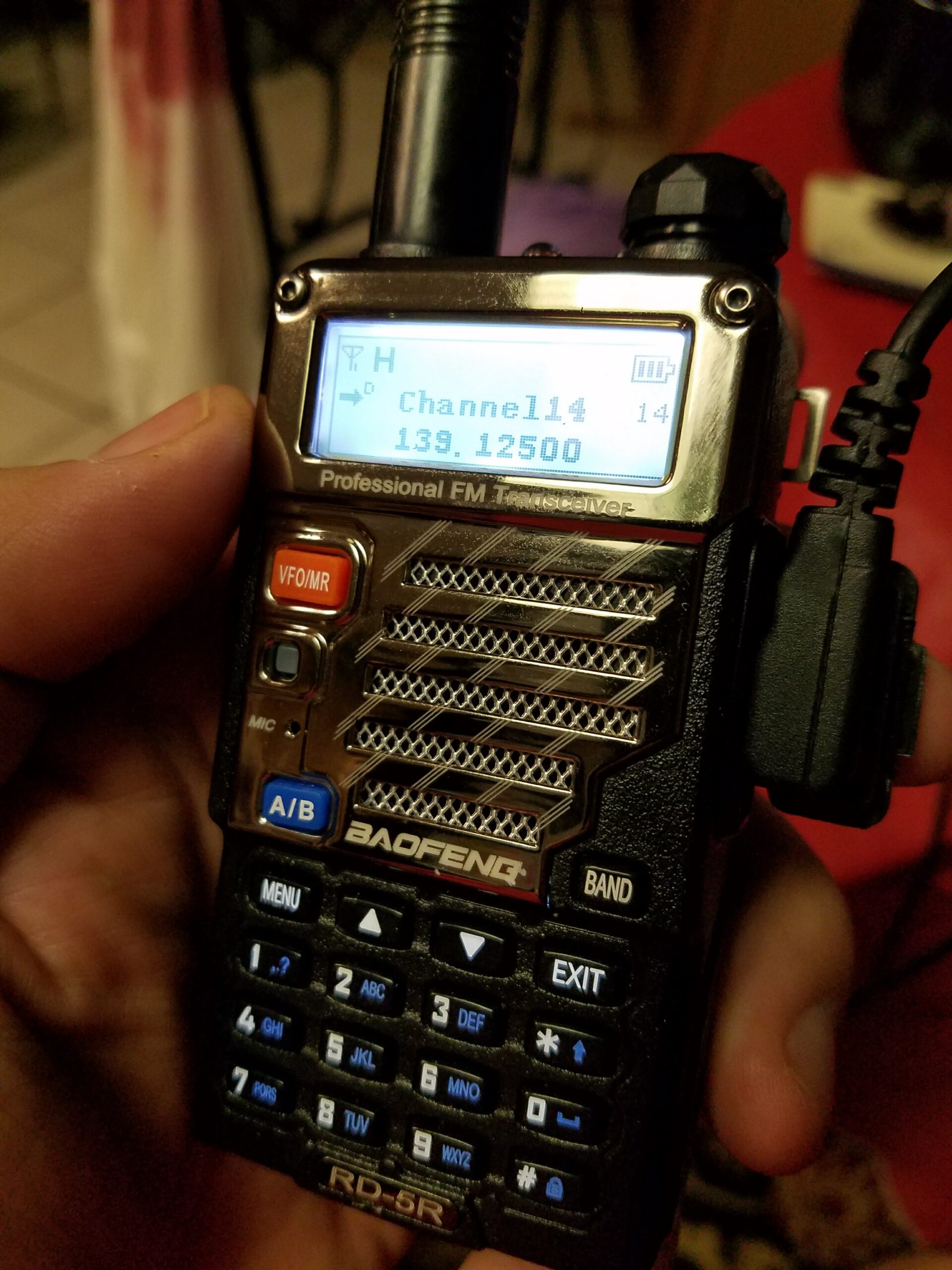
I have never been truly active enough to *justify* QSL cards, at least not in my mind, but I still wanted some. I finally had an epiphany and figured out what would be the best QSL card for me. I found a caricature artist service online and had them produce a portrait suitable for QSL cards.
